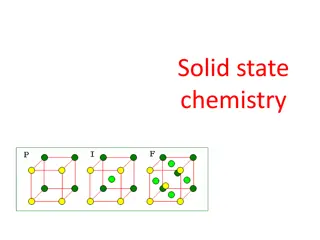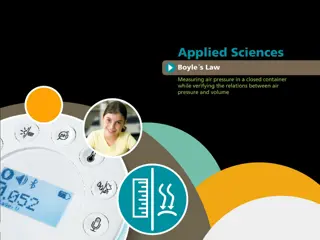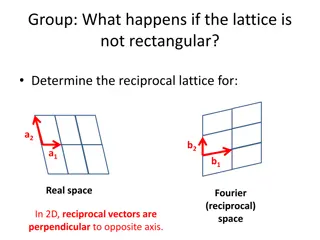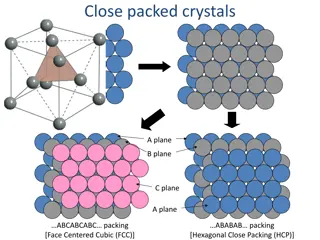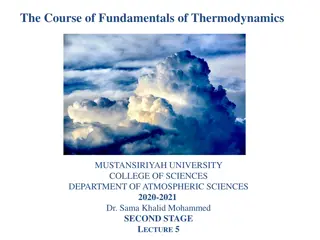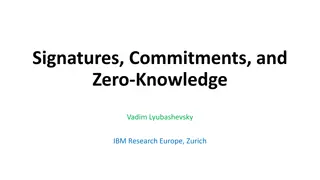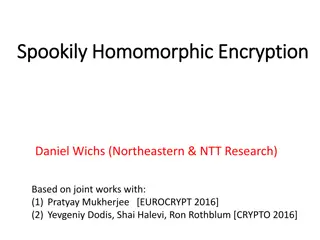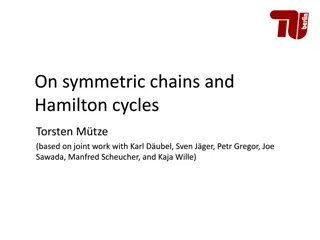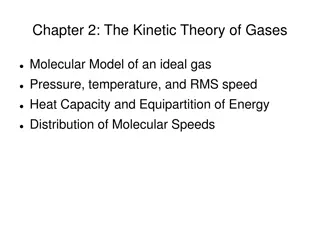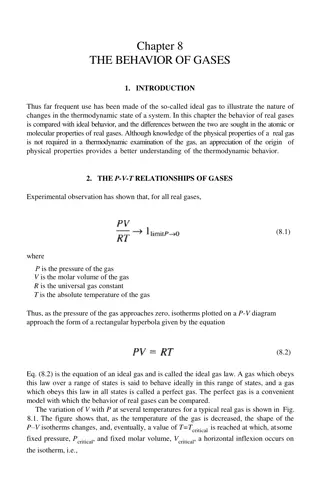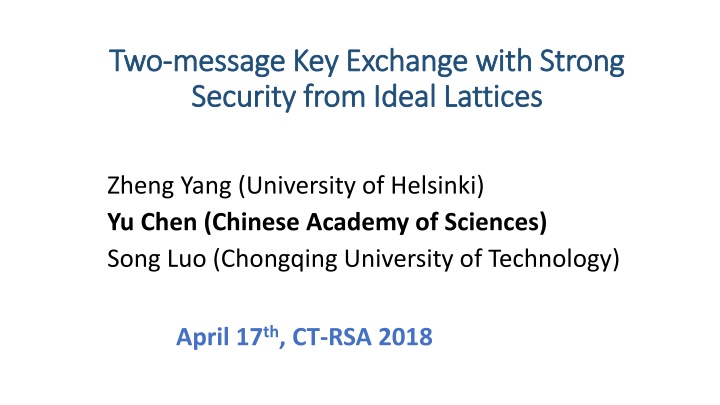
Secure Key Exchange from Ideal Lattices: Overview and Analysis
Explore a novel approach to key exchange using ideal lattices. Discover the security advantages of this method and its applications in cryptographic schemes. Learn about the latest findings and proposals in the field of secure communication protocols.
Download Presentation

Please find below an Image/Link to download the presentation.
The content on the website is provided AS IS for your information and personal use only. It may not be sold, licensed, or shared on other websites without obtaining consent from the author. If you encounter any issues during the download, it is possible that the publisher has removed the file from their server.
You are allowed to download the files provided on this website for personal or commercial use, subject to the condition that they are used lawfully. All files are the property of their respective owners.
The content on the website is provided AS IS for your information and personal use only. It may not be sold, licensed, or shared on other websites without obtaining consent from the author.
E N D
Presentation Transcript
Two Two- -message Key Exchange with Strong message Key Exchange with Strong Security from Ideal Lattices Security from Ideal Lattices Zheng Yang (University of Helsinki) Yu Chen (Chinese Academy of Sciences) Song Luo (Chongqing University of Technology) April 17th, CT-RSA 2018
Background: Two Background: Two- -message Key Exchange message Key Exchange (TMKE) (TMKE) Two-message Key exchange Two messages: mid1, mid2 derived from party s (ephemeral) secrets. Shared session key K computed from party s (ephemeral) secrets and exchanged messages Appealing to practice: low bandwidth and asynchronous communication Message generation function Session key generation function
The The S Simplest Example of TMKE implest Example of TMKE Seminal TMKE: Diffie-Hellman key exchange (DHKE) [DH76] Cyclic group G =< g > of prime order p Two messages: X, Y Passively secure; active attacker can implement man-in-the middle attack
Motivation Motivation Quantum computers are about to get real DL, factoring, ., not hard against quantum algorithms Lattice-based Cryptography Quantum secure Simple, efficient, and highly parallel Existing Lattice-based AKE, e.g.: AsiaCCS 13, Fujioka et al. , standard model, CK+ model without perfect forward secrecy (PFS) Eurocrypt 15, Zhang et al., random oracle, BR model without PFS and leakage of ephemeral secret key CT-RSA 14, Kurosawa and Furukawa (KF scheme) standard model, eCK model without PFS Is it Secure?
Overview of Our Results Overview of Our Results Revisit the security of the KF scheme (CT-RSA 14) finding an attack Propose a new generic TMKE scheme New cryptographic primitive: One-time CCA-secure KEM Without random oracles eCK-PFS model: known session key (KSK) , key compromise impersonation (KCI) , chosen identity and public key (CIDPK), ephemeral secret key leakage (ESKL), and perfect forward secrecy (PFS) Instantiation of TMKE from ideal lattices
The KF scheme The KF scheme Building Blocks: Twisted PRF (TPRF), Signature (SIG), IND-CPA KEM (wKEM) ElGamal * *
Insecurity Insecurity of of the KF scheme: Attack the KF scheme: Attack test oracle test oracle is fresh and has no partner oracle at id1
Insecurity Insecurity of of the KF scheme: Problems the KF scheme: Problems Not tied to session info unknown key share One-time CCA attack against the KEM, CPA-secure KEM does not suffice
How to remedy the KF scheme? How to remedy the KF scheme? Main idea Enhance the security of KEM CPA to one-time CCA Employ Key Derivation function bind the session key with session specific information to defend active attacks
Our New Generic TMKE Protocol Our New Generic TMKE Protocol Building blocks One-time KEM (OTKEM): encapsulate the session key Signature (SIG): authenticate exchanged messages IND-CPA KEM (wKEM): implement NAXOS trick against ephemeral key leakage (generate the pk for OTKEM) Pseudo-random function (PRF): act as KDF to bind session key with session specific information
A New Generic TMKE Protocol A New Generic TMKE Protocol All protocol messages
Instantiations Instantiations from from Ideal Ideal Lattices Lattices Building blocks instantiations from existing works: Signature (SIG): Ruckert (PQCrypto 10) IND-CPA KEM (wKEM): Peikert (PQCrypto 14). Pseudo-random function (PRF): Banrjee et al. (Eurocrypt 12) One-time KEM (OTKEM): q-bounded IND-CCA KEM (q=1), Cramer et al. Asiacrypt 07 (less efficient) Can we build efficient OTKEM from ideal lattices?
Efficient OTKEM from Ideal Lattices Efficient OTKEM from Ideal Lattices Direct construction Ring-Learning with Errors (RLWE): Target collision resistant hash function (TCRHF): n Similar to construction of OTS from OWF


